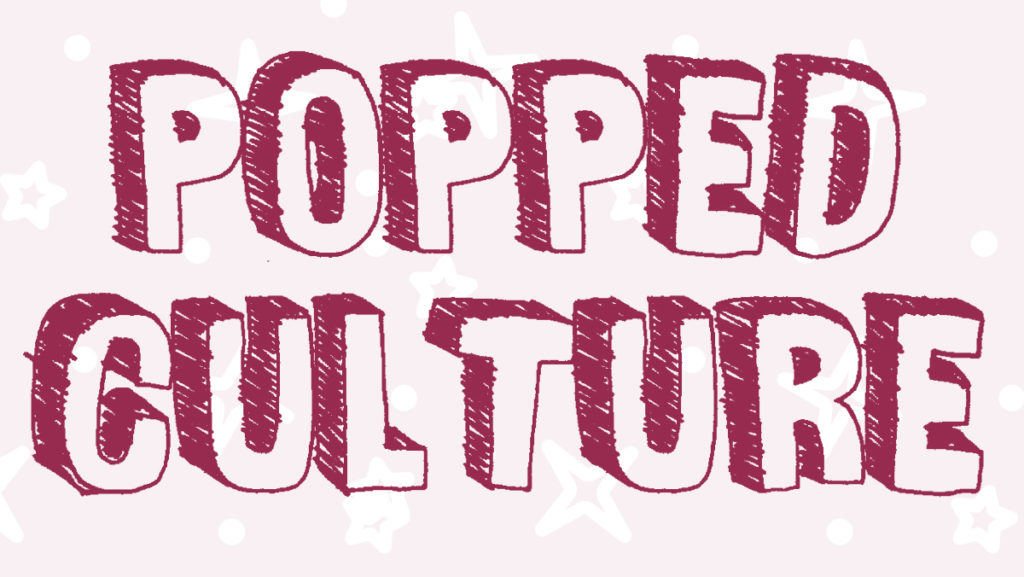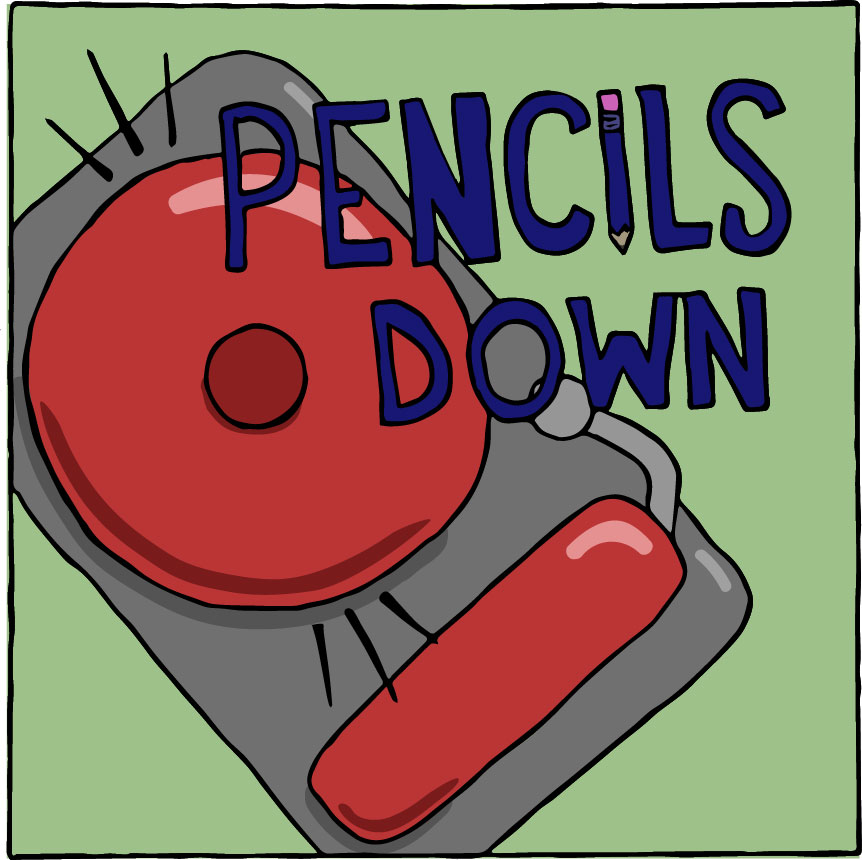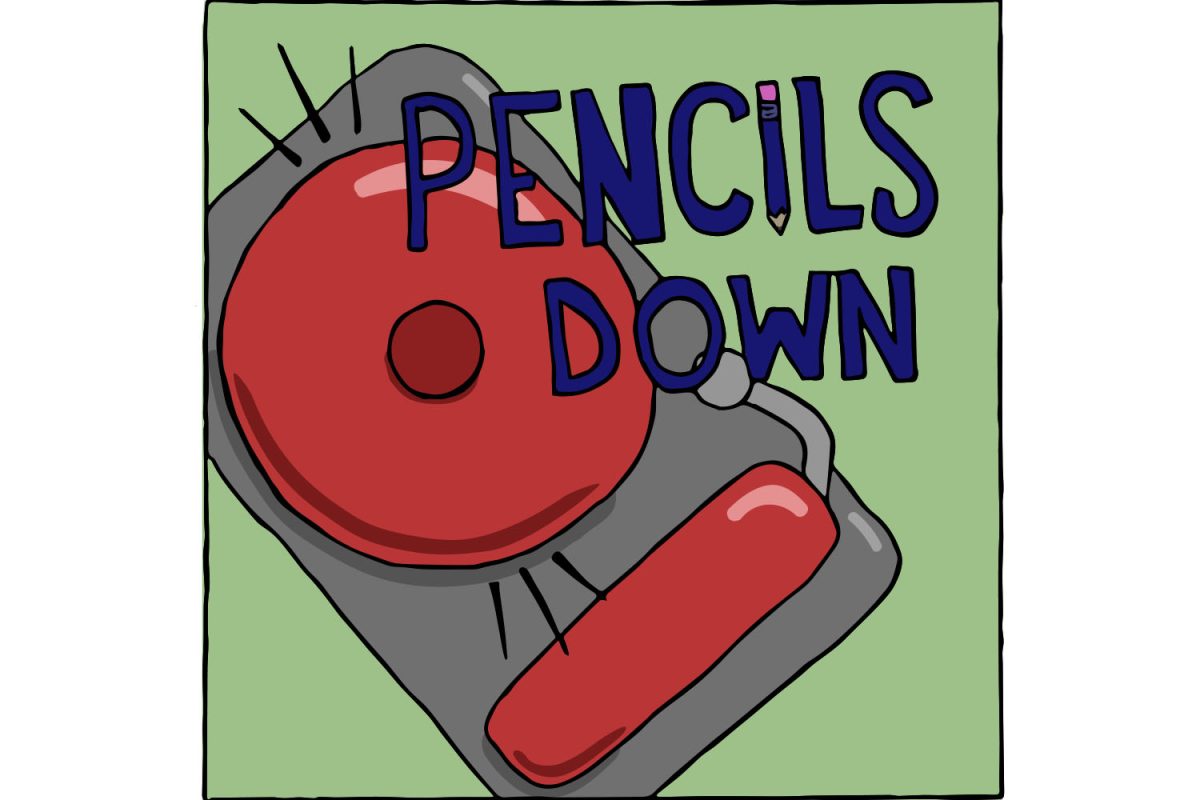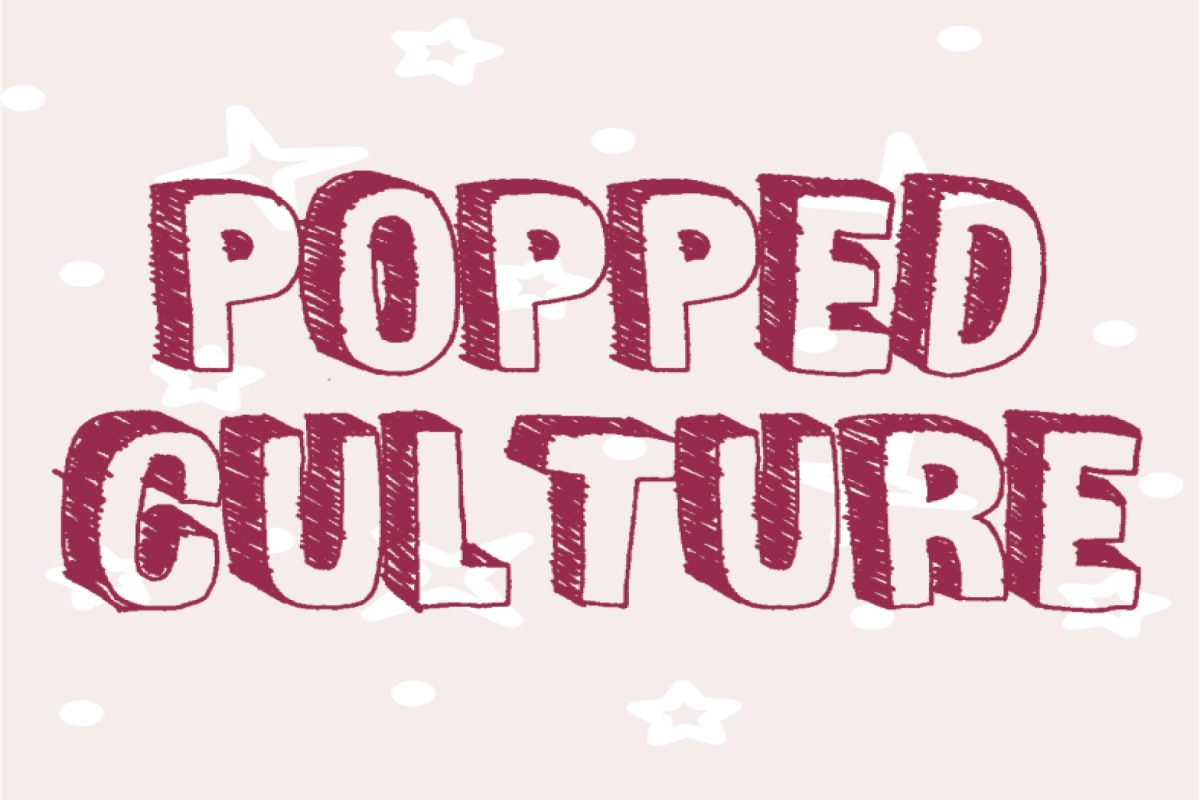Since Netflix first launched streaming options in 2007, streaming services have exploded into a massive multibillion dollar industry. In the early years, there were limited options, but as time has passed, more and more streaming services have appeared and continue to pop up. While these new services may seem to present an opportunity for innovation and market diversity, the rapidly expanding industry might actually bring about its own downfall.
There are a staggering number of streaming services in existence, including Disney Plus, HBO Max, Hulu, Discovery Plus and Netflix. There are also a handful of more specialized services like CH Media and the anime streaming service Crunchyroll. In fact, there are over 300 streaming services available in the United States alone.
At first, it makes perfect sense that companies would want to invest in this industry. After all, 55% of American households subscribe to more than one streaming service, according to a study conducted by Leichtman Research Group. Not to mention that in 2018 the video streaming market was valued at approximately $38 billion and is projected to reach approximately $149 billion by 2026.
A major reason why an increasing number of services is counterproductive is because it is all getting quite expensive. The average American household pays for approximately three streaming services at any given time, but most consumers aren’t willing to pay more than $21 per month for all of their services combined. As more services appear, Americans will be forced to either break their budget or make a choice between the services they would like to have.
If you, as a consumer, want to have HBO Max, Netflix and Amazon Prime Video, those three services alone will run you $39 per month. That’s $18 more than the average American consumer wants to pay. The simple convenience of streaming services has led to many people cutting the cord on cable. Even though the price for streaming services is significantly less than the price of cable, the cost is on the rise.
Many Americans might be willing to pay for more than three services, but many of the options that exist are just not worth the extra cost. More often than not, the products are substandard at best. Some examples of these less-than-optimal selections include Quibi, a service that closed down after less than a year, and the now-shuttered HBO Go. Quibi offered shortform original show options but failed to capture audiences, while HBO Go disappointed because of its poor interface and design. Not everyone can be the next Netflix, but that won’t stop companies from trying.
Ultimately, the ever-increasing number of streaming options is an example of market saturation. When a market becomes oversaturated, products and services within that market no longer generate new demand. This happens for reasons like decreased customer interest, the product becoming obsolete or, in this case, increased competition.
So, what are the long term effects if this oversaturation is allowed to continue? Many people theorize that eventually, consumers will simply stop paying for streaming services entirely. Experts believe that customers will turn to piracy. While 18% of consumers report that they don’t watch any form of pirated content, 37% say that they would turn to illegal means of consumption in response to an uptick in service options, according to a survey conducted by Broadband Genie.
Forty-seven percent of American consumers report that they are already suffering from “subscription fatigue,” according to a study conducted by Deloitte. Seeing as there has already been an increase in consumers turning to pirated content, services need to reevaluate their business practices now. Otherwise, the industry will continue to splinter and inevitably render itself obsolete.





